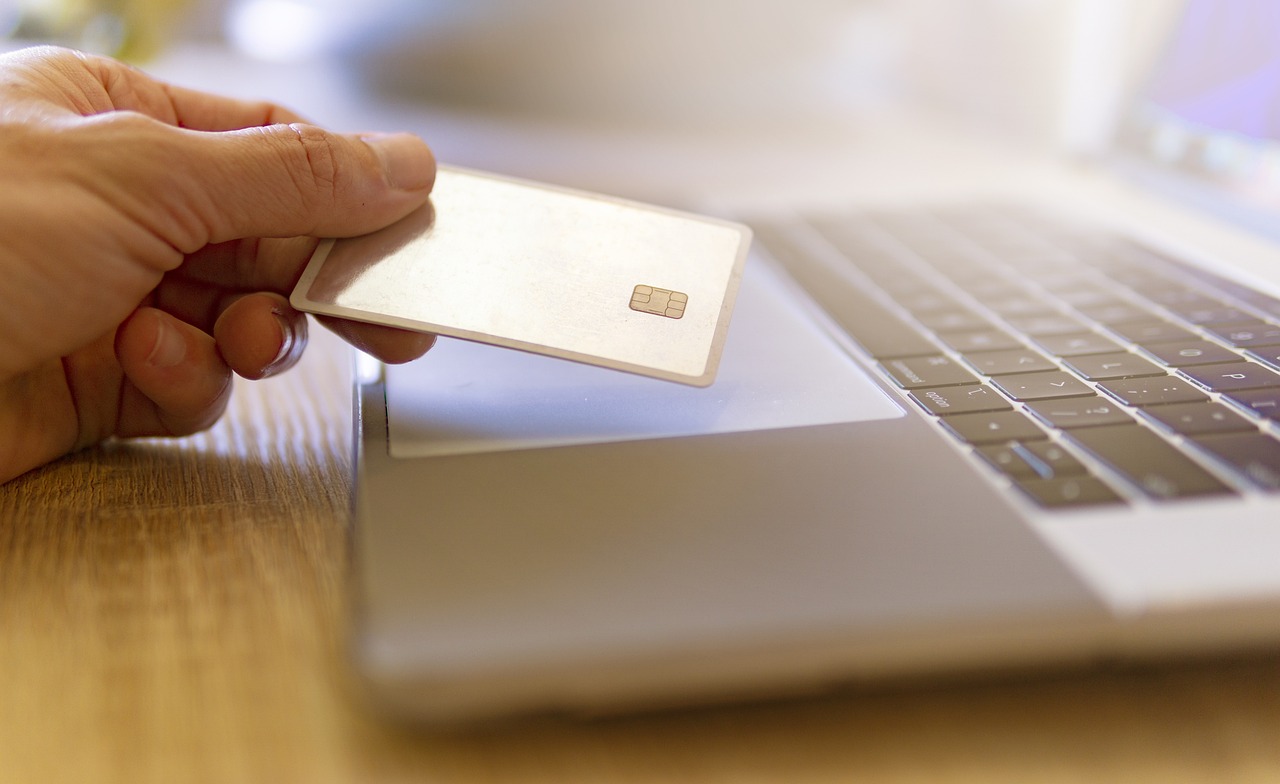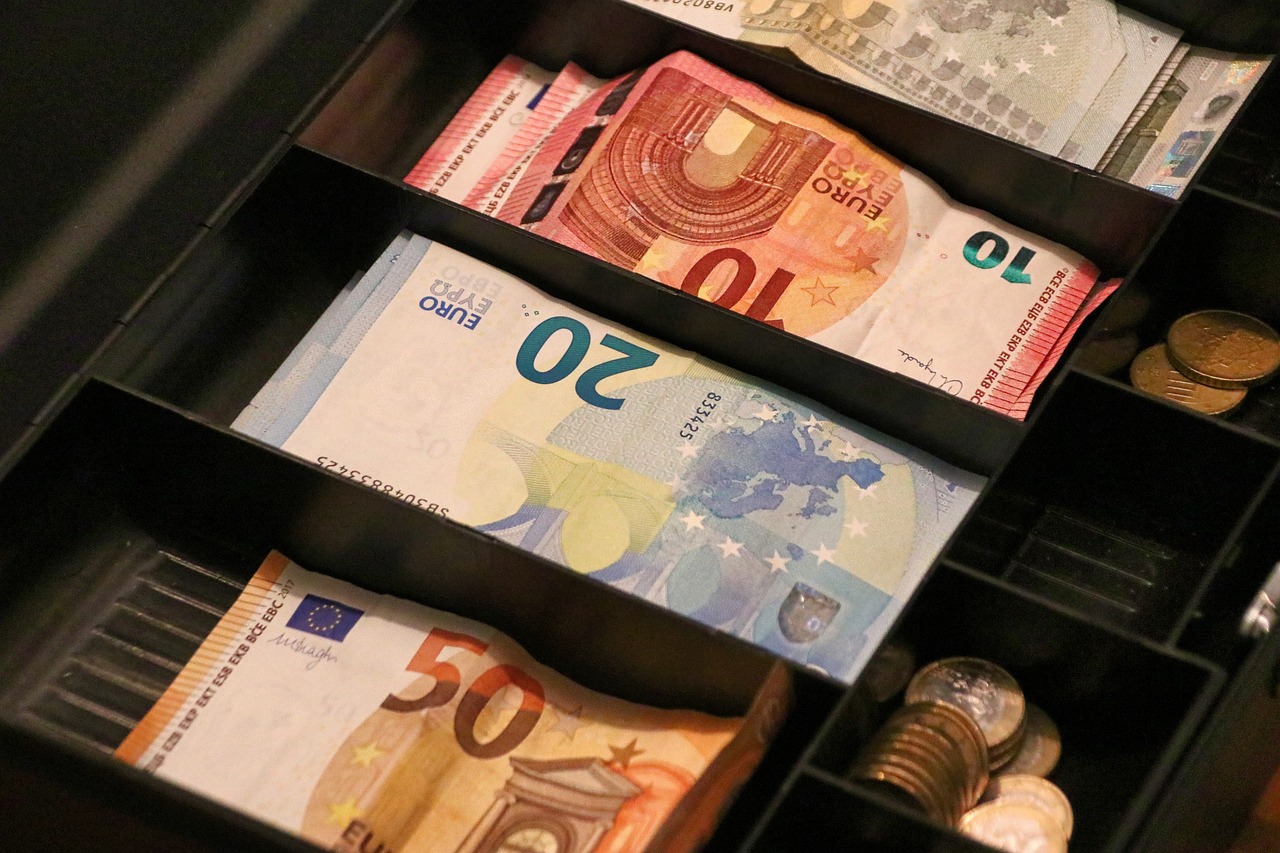Cross-Border Digital Money Transfers Explained: Fees, Accessibility Without Banks, Privacy Concerns, and the Potential of New Technologies to Support Micro-Payments in the Modern Financial Age
GPT_Global - 2025-08-20 11:30:15.0 70
How do cross-border money transfers work in the digital age?
In the digital age, cross-border money transfers have become faster, more secure, and more accessible thanks to innovative financial technologies. Traditional methods, such as wire transfers and money orders, often come with high fees and longer processing times. Digital remittance services, on the other hand, allow individuals to send money across borders instantly or within hours, often at a fraction of the cost.
One of the key drivers behind the efficiency of digital money transfers is the use of online platforms and mobile apps. These services are powered by blockchain technology, digital wallets, and real-time payment networks, which eliminate the need for intermediaries. This reduces costs and minimizes delays in the transfer process.
Moreover, digital cross-border remittance services offer real-time tracking, making it easier for senders and receivers to monitor their transactions. With enhanced encryption and data protection, security has also significantly improved, ensuring the safety of funds during transfer. As a result, digital money transfers continue to grow in popularity, benefiting both businesses and individuals around the world.

What fees are typically associated with the latest money transfer methods?
When sending money internationally, it’s crucial to understand the fees associated with the latest money transfer methods. These fees can vary depending on the service provider, the destination country, and the amount being transferred. Generally, fees are either flat or based on the transaction amount, and they can be split between the sender and recipient or solely the sender.
Modern money transfer services, like digital wallets, often offer competitive rates. However, users should expect fees for both the transfer itself and for currency exchange. Some services charge a percentage fee of the total amount, while others may impose a flat fee for each transaction. Additionally, there are sometimes withdrawal fees when transferring money to a bank account or cash pickup location.
To minimize costs, it's important to compare different services, taking into account both transfer and hidden fees. While some transfer methods boast lower upfront fees, their exchange rates may be less favorable, resulting in higher overall costs. Always check the fine print before making a transfer to ensure you're getting the best deal available.
Are digital money transfers accessible for people without bank accounts?
In today’s global economy, digital money transfers have become an essential way to send and receive money across borders. However, a common concern is whether these services are accessible to individuals without bank accounts.
The good news is that many digital money transfer platforms are designed to serve both banked and unbanked populations. For instance, companies like Western Union and PayPal allow users to transfer money to physical locations, where recipients can pick up cash without needing a bank account.
Moreover, mobile money services such as M-Pesa in Kenya have become a lifeline for millions of people who do not have access to traditional banking systems. These platforms enable users to send, receive, and store money using only a mobile phone, significantly enhancing financial inclusion.
While challenges remain, particularly in remote or underserved areas, the remittance industry continues to evolve and adapt to meet the needs of unbanked populations, making digital money transfers more inclusive.
What are the privacy concerns when using new money transfer technologies?
As the remittance industry evolves, new money transfer technologies are becoming increasingly popular. However, these innovations bring significant privacy concerns that need to be addressed to protect users. One of the primary concerns is data security. With digital transfers, sensitive information like bank details, personal identification, and transaction history are vulnerable to hacking. If not properly safeguarded, users could face identity theft or fraud.
Another concern is the collection and sharing of personal data. Many money transfer platforms collect user data for various reasons, from improving services to regulatory compliance. If not managed correctly, there’s a risk that this data could be misused or sold without the user's consent, leading to privacy violations.
Lastly, there’s a growing issue with surveillance. Some countries are implementing strict monitoring of cross-border money transfers for anti-money laundering purposes. While this helps combat illegal activities, it also raises concerns over the invasion of privacy for legitimate users who wish to send money anonymously or without being monitored.
As the industry grows, it’s crucial for businesses to invest in secure technologies and transparent policies to address these privacy concerns, ensuring users can confidently use their services.
Can new money transfer methods support micro-payments?
In the ever-evolving world of remittance services, new money transfer methods are revolutionizing the way people send and receive money. One of the most exciting developments is the potential for these methods to support micro-payments, allowing for small, efficient transactions across borders.
Micro-payments refer to low-value transactions that typically cost less than traditional payment methods. With the rise of digital wallets, blockchain technology, and instant payment systems, these innovations have made micro-payments more feasible and cost-effective. For businesses in the remittance sector, this is a game changer, providing new opportunities to tap into underserved markets.
For example, digital currencies and blockchain offer faster and cheaper transfer solutions compared to conventional bank transfers. They eliminate the need for intermediaries, reducing fees that often hinder small transactions. As mobile payment platforms continue to grow globally, micro-payments will become even more accessible for individuals who need to send small amounts of money for various purposes.
In conclusion, new money transfer methods not only make remittances faster and cheaper but also pave the way for more inclusive, micro-payment systems that can benefit both senders and recipients alike.
About Panda Remit
Panda Remit is committed to providing global users with more convenient, safe, reliable, and affordable online cross-border remittance services。
International remittance services from more than 30 countries/regions around the world are now available: including Japan, Hong Kong, Europe, the United States, Australia, and other markets, and are recognized and trusted by millions of users around the world.
Visit Panda Remit Official Website or Download PandaRemit App, to learn more about remittance info.

